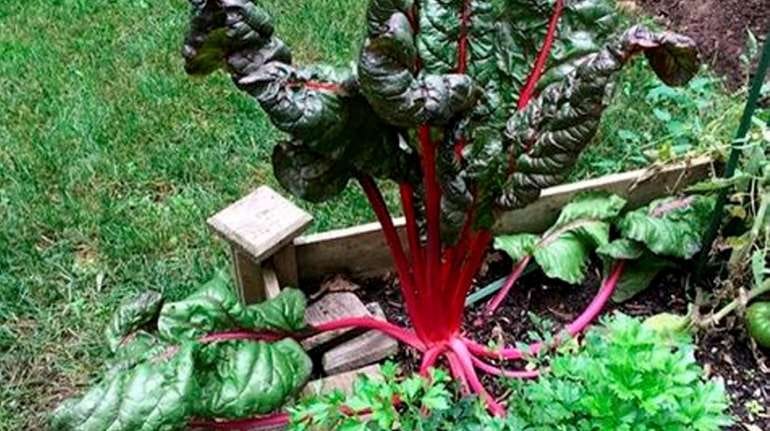If you’re a first-time visitor, welcome! To receive The Weekly Dirt in your inbox every week…

Hi, guys!
Are you itching to get your hands dirty? It’s too early for most gardening here in zone 7, although I did plant sugar snap peas last week.
Unless y…
Keep reading with a 7-day free trial
Subscribe to The Weekly Dirt with Jessica Damiano to keep reading this post and get 7 days of free access to the full post archives.


